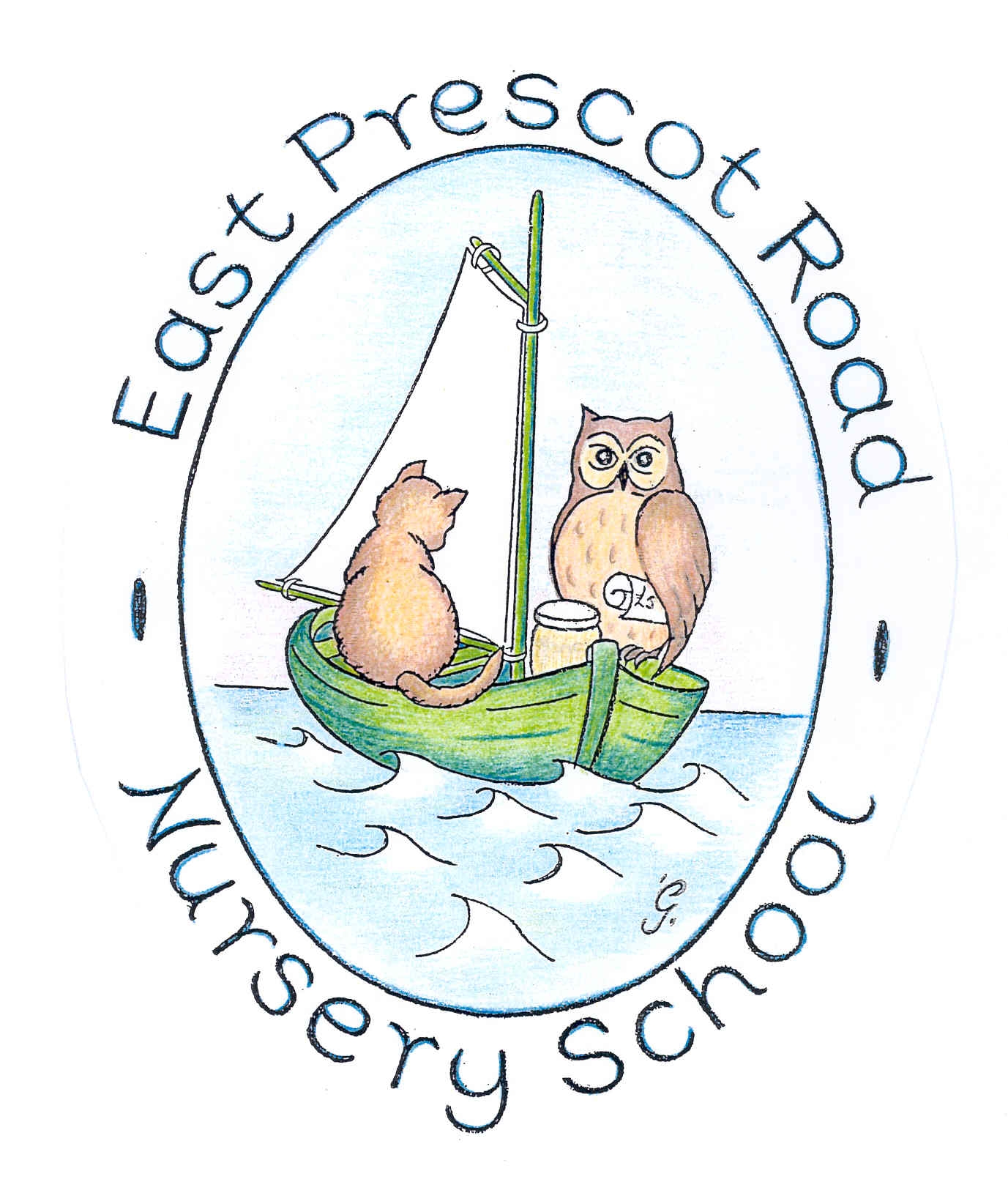Wellbeing and Involvement
Emotional Wellbeing
Emotional well-being is particularly important for children. If children feel confident in their surroundings they are more likely to learn productively and develop in a healthy way. Promoting an environment where children feel happy, safe, and supported is key to this.
This means that happy, emotionally healthy, confident children tend to learn better, and develop more quickly because they are given the emotional support to do so.
There are 5 points to the Leuven scale for emotional well-being, with the first being used for an extremely low state of emotional well-being, and point five being used as the optimum emotional well-being a child can experience. The scale includes some characteristics to help identify which section of the scale a child may be at, and the scale runs as follows:
1. Extremely low
In an extremely low state of emotional well-being, a child is in obvious distress. This is typically exhibited by tantrums, crying, wailing, anger, tiredness or other stereotypical child behaviours that are observed when a child is unhappy or otherwise discomforted emotionally.
2. Low
In a low state of emotional well-being, a child appears uncomfortable in their atmosphere, and a little bit unhappy. This is often exhibited via extreme shyness, and unwillingness to engage, some small emotional outbursts but in a more controlled manner, or an unwillingness to try new things.
Physically, this can also manifest in comfort seeking behaviours such as thumb sucking, fidgeting, twisting hands or even running away.
3. Moderate
As you might expect from the moderate stage of the Leuven scale, this stage is a fairly neutral stage.
In this stage children appear neither happy nor sad, and are just engaging mentally, emotionally, and physically in the task at hand in a fairly uninspired and performative level.
This can be the most easily overlooked level as children on this level often appear to be ‘getting on fine’. This is also the level with the best opportunity, as if a child with moderate levels of emotional well-being can be identified early on and emotionally supported into the more optimal stages of emotional well-being, the rewards from a developmental point of view can be tremendous.
4. High
Children who rank highly on the Leuven scale are observably happy children.
Children are content with what they are doing, and their mood is noticeably happy.
Some signifiers of this level of emotional well-being are smiling, laughing, engaging in a deeper or more meaningful way with the task at hand, and openly indulging their curiosity through exploring their surroundings.
Children at this stage in the Leuven scale need less proactive emotional support and more proactive monitoring to ensure their mood is maintained.
5. Extremely high
In the fifth and final stage of the emotional well-being scale, a child is totally at ease and completely comfortable in their surroundings. They are fully engaged in whatever they are doing, and may even happily talk to themselves as they go about their tasks.
In their fifth stage there is a great sense of contentment with the task at hand. Movement and actions should be spontaneous and expressive, but not erratic or overly hyperactive.
There is a stability to the fifth stage which, when observed, is significantly different from the false and unsustainable emotional high of excitement or manic engagement.
It is perfectly normal for a child to move through all of the stages over the course of a day or even an individual activity, and naturally the scale is relatively subjective and has its limitations.
Involvement
The Leuven scale levels of involvement aims to measure a child’s engagement in a particular task. Although it tends to run hand-in-hand with their emotional well-being, as a more engaged child tends to be a happier child and vice versa, the two scales can be used independently of one another.
The Leuven scale’s levels of involvement also runs from 1 to 5, and follows the same pattern as the emotional well-being scale.
1. Extremely low
If a child’s engagement is extremely low, they can be observed to be bored, absent minded, lacking energy, or aimless when trying to engage in tasks. Often, this is due to a lack of understanding, or an unwillingness to attempt new things.
This strongly correlated with the living emotional well-being scale.
2. Low
When a child’s engagement is low, they exhibit behaviours such as restlessness, boredom, or being easily distracted. In slightly older children, this can be exhibited as feigning focus, or only focussing on tasks when being observed.
Whilst this stage can be hard to identify because of that, consistent quality observation will soon show a pattern of low engagement.
3. Moderate
If a child shows patterns of behaviour that would suggest a moderate level of engagement, this typically means they are completing tasks and engaging superficially, but not enthralled or engrossed by these tasks.
Similar to the moderate stage on the emotional well-being scale, this can be a key point for engagement and involvement.
If identified early enough, changes can be implemented to increase engagement and involvement. If not recognised or not dealt with, this stage can easily backslide into complete disengagement and boredom.
4. High
If a child is highly engaged and involved in the task at hand, they will appear engrossed and not very easily distracted.
Some children can become irritable at this stage if they are interrupted, and separating a child from a task or event that they are finding highly involving and engaging can cause dissonance in their emotional well-being.
5. Very High
Very highly engaged children are continuously and intensely engaged. They are creative, lively and persistent, and often their enthusiasm for the subject or task at hand can become almost contagious, as others are drawn in by their passion.
This high level of engagement is perfect for learning new skills and developing socially, cognitively, and even physically, fine tuning fine motor skills.
